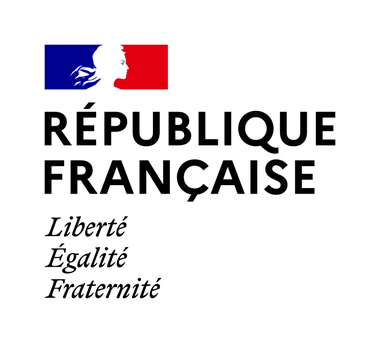Textiles have always met both the primary need for protection against the vagaries of the weather, and the need for recognition and social status through cultural codes (e.g. "fashion"). This industry has always been part of an international trade system, and has been affected by the great technical and industrial revolutions: Champagne fairs in the Middle Ages, the discovery of cotton, the industrial revolution and weaving machines, chemistry and technical clothing... The textile sector has undergone profound changes in recent years: globalization, the development of synthetic materials, second-hand goods, the deployment of fast fashion and, to a much lesser extent, the dynamics of French and European relocalization and a small ecosystem of "ethical brands". One of the major facts is the massive increase in consumption volumes, rising from around twenty pieces a year in the 2000s to over forty by 2020.
However, the manufacture of clothing requires resources: arable land, water, fertilizers and pesticides for biosourced materials (e.g. cotton), oil (synthetic fibers), energy, water and chemicals for the transformation and manufacturing stages, as well as transport and end-of-life treatment systems. All these operations generate environmental impacts (climate change, degradation of biodiversity, microplastics, etc.). The industry must transform itself to meet the challenges of the 21st century.
Environmental labelling makes it possible to reflect the "environmental cost" associated with each garment over its entire life cycle. The scheme encourages manufacturers to implement best practices (eco-design), and consumers to choose products with less impact and avoid over-consumption.
To find out more :
https://multimedia.ademe.fr/infographies/infographie-mode-qqf/
https://www.youtube.com/watch?v=WA_3wLzMm9o


